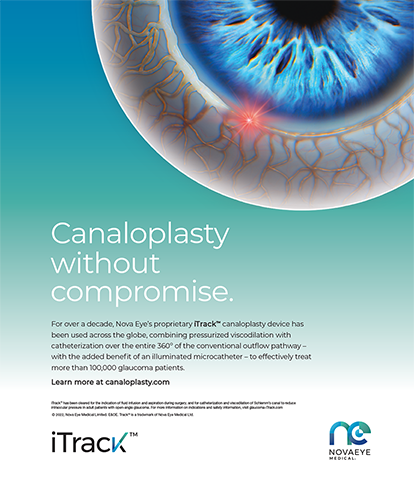ETHICAL CONSIDERATIONS
Laser Vision Correction: A Human Right?
By Laura Straub, Editor-in-Chief, and with comments from Arthur B. Cummings, MB ChB, FCS(SA), MMed(Ophth), FRCS(Edin); Joaquin Fernández, MD; and Ludger Hanneken, MD



“Everyone has the right to a standard of living adequate for the health and well-being of himself and of his family, including food, clothing, housing, and medical care and necessary social services,” reads Article 25 of the United Nations’ Universal Declaration of Human Rights. Does that include the right to laser vision correction? The Refractive Surgery Alliance argues that it should. Three ophthalmologists weigh in on whether this surgery is a fundamental right or a first-world luxury.
http://bit.ly/1U91HbG
BEST PRACTICES
OSI: Enhancement of Patient Understanding
By Alain Saad, MD

The ability to objectively diagnose patients’ quality of vision and the state of their crystalline lens is greatly aided by the measurement of ocular scatter. Objective evaluation of the health of the lens allows us to determine whether we should be performing a lens- or cornea-based procedure. Tools that allow objective evaluation of ocular scatter also generate diagnostic reports that can help to increase patients’ understanding of their pathologies and their confidence in our treatments.
DIGITAL EDUCATION
Patient Education Enhanced by Digital Presentation
By Gilles Lesieur, MD

Advertising is not allowed in France, but unbiased patient education must be provided at every visit. This process can be made easier and more comprehensive by taking advantage of the potential of new digital technologies. These tools are important at every step of the patient’s experience, at home and in the office, where they save the staff and the physician time and increase patients’ education and understanding.


